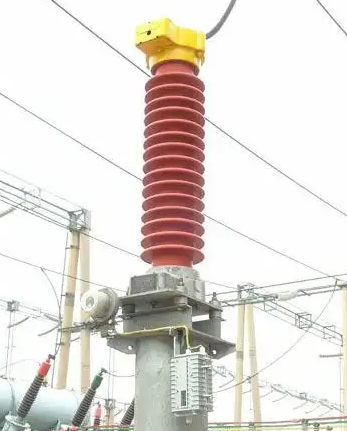The basic structure of the zinc oxide arrester is the valve plate. The zinc oxide valve is insulated under the operating voltage, and the passing current is very small, generally 10~15μA, and the nonlinear characteristics of the zinc oxide valve are mainly formed by the grain boundary layer. Its volt-ampere characteristic curve is close to that of an ideal arrester.

In addition to excellent nonlinearity, zinc oxide arresters also have the following main advantages:
1. No gap. Under the action of working voltage, the zinc oxide valve plate is actually equivalent to an insulator, which will not cause it to burn out. Therefore, it is possible to isolate the operating voltage without a series gap. Because there is no gap, it can quickly respond to the shock wave with a steep head, and the discharge has no delay, and the effect of limiting overvoltage is very good. It not only improves the reliability of power equipment protection, but also reduces the overvoltage acting on the power equipment, thereby reducing the rated insulation level of the power equipment.
2. No continuous flow. From the above characteristics, it can be seen that only when the voltage applied to the zinc oxide valve reaches the initial operating voltage, “conduction” occurs. After “conduction”, the residual voltage on the zinc oxide valve is basically the same as the current flowing through it. Irrelevant but a constant value. When the applied voltage drops below the operating voltage, the “conduction” state of the zinc oxide valve is terminated, which is equivalent to an insulator. Therefore, there is no power frequency freewheeling.
Post time: Nov-16-2022
